When and how to plant crocus bulbs for colourful spring displays
Find out the best time to plant crocus bulbs and where to plant them so you can enjoy their colourful blooms in spring
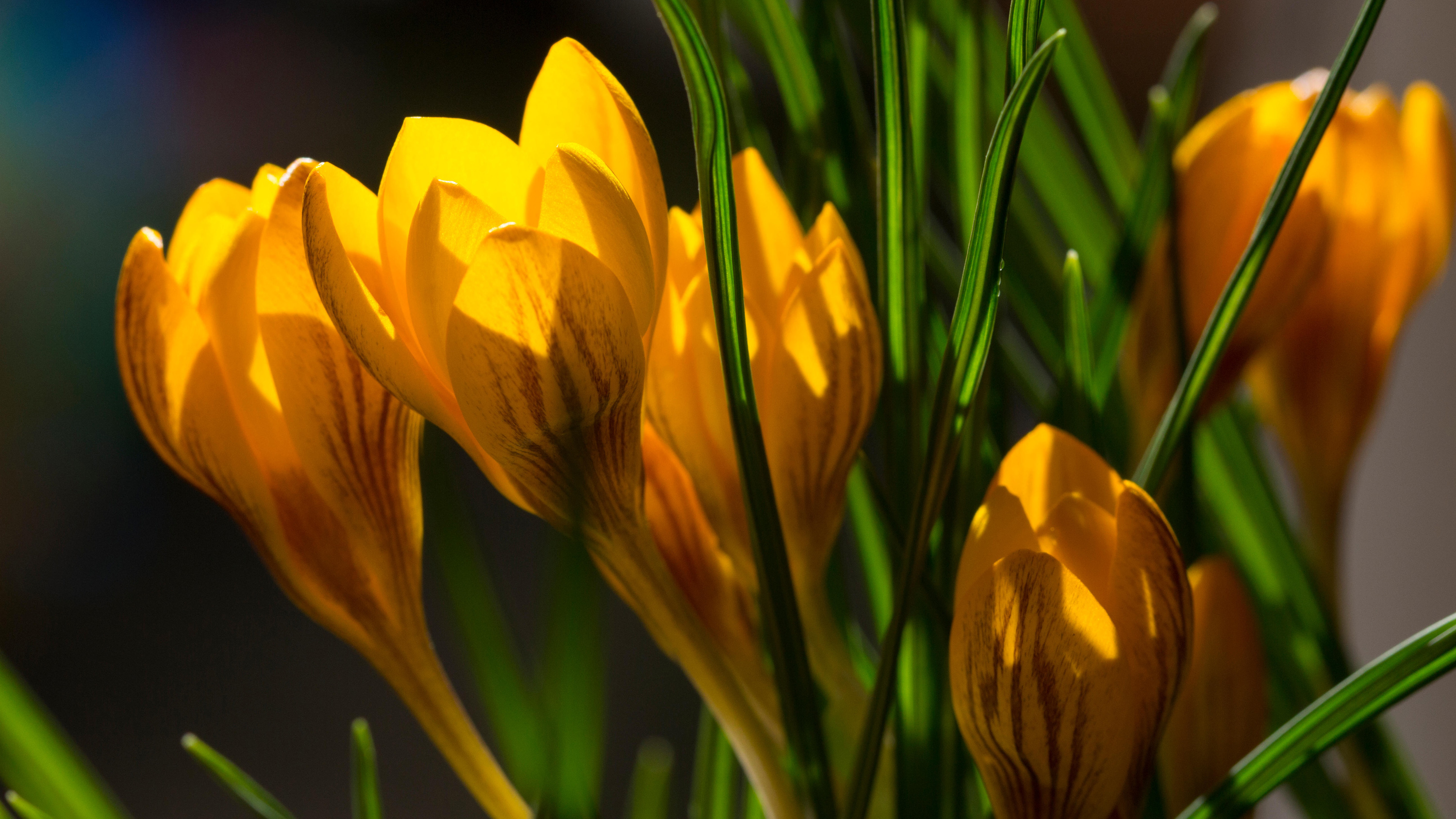

Plant crocus bulbs in late autumn or even early winter and come spring you'll get to enjoy lots of sumptuous early colour. Choose from purples, whites, creams and yellows, in lots of shades, slashed through with pretty orange, purple and brown markings. They really come into their own if you plant them in a lawn or Mediterranean-style gravel garden, and nothing beats the little bursts of colour in pots and troughs grouped around doorways.
You'll need lots of crocus to make a great display, which is fine as they’re not expensive bulbs. Follow our guide to planting bulbs, then look forward to enjoying some vibrant home-grown crocus in spring. Keep reading to find out how to do it plus discover our pick of six of the best crocus to try in your own garden.
When to plant crocus
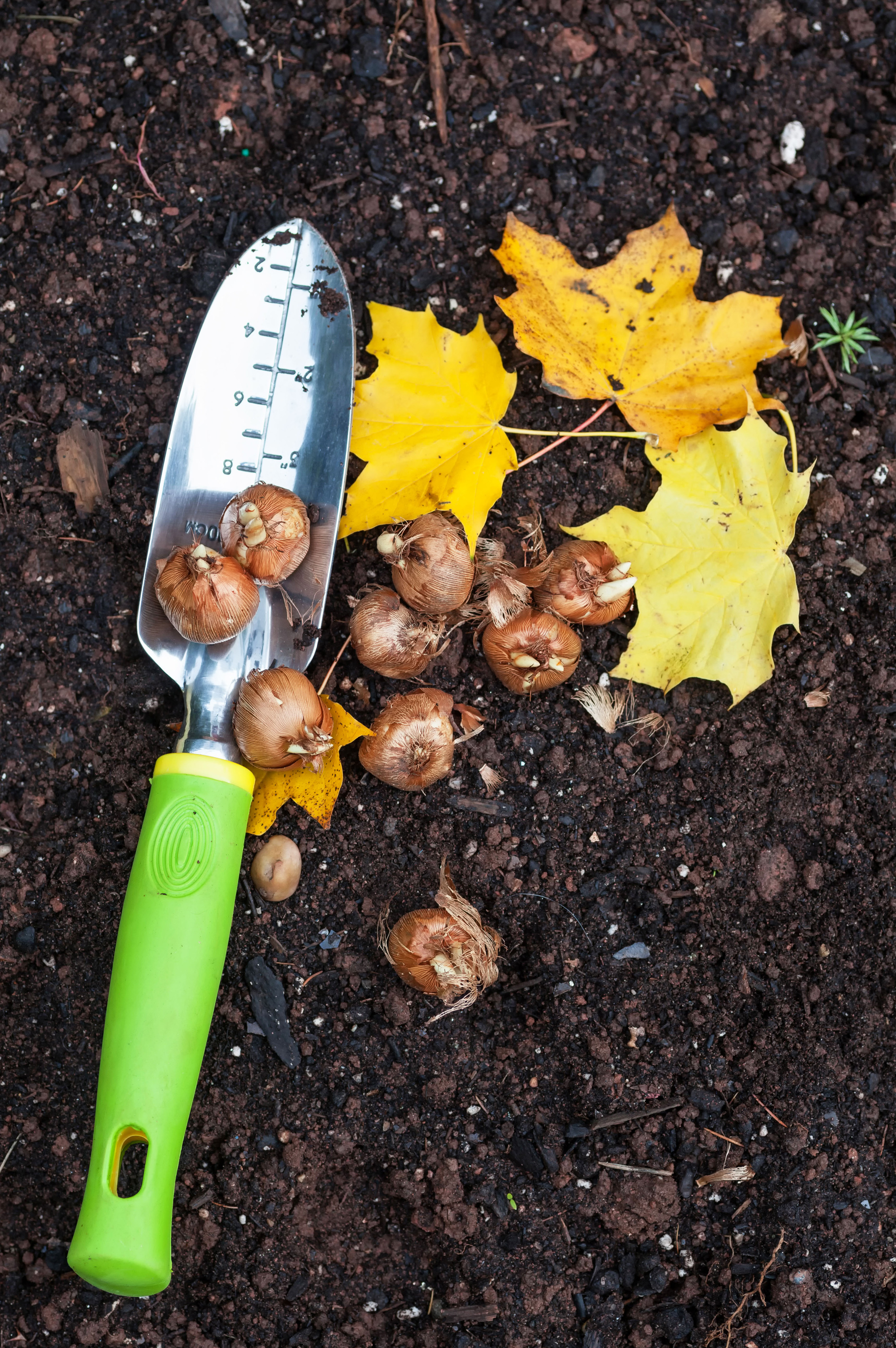
Crocus are easy to grow in any space
Crocus are so easy to grow and there are over 80 different types so you're spoiled for choice. Plant them in the right spot and they will increase nicely into sizeable clumps over time. Although autumn is the prime time for planting crocus, you can plant them up to late November or even the week or so of December before the first hard frosts really start to arrive. Miss this date and you'll probably need to wait until the following autumn to get them in the ground.
How to plant crocus bulbs
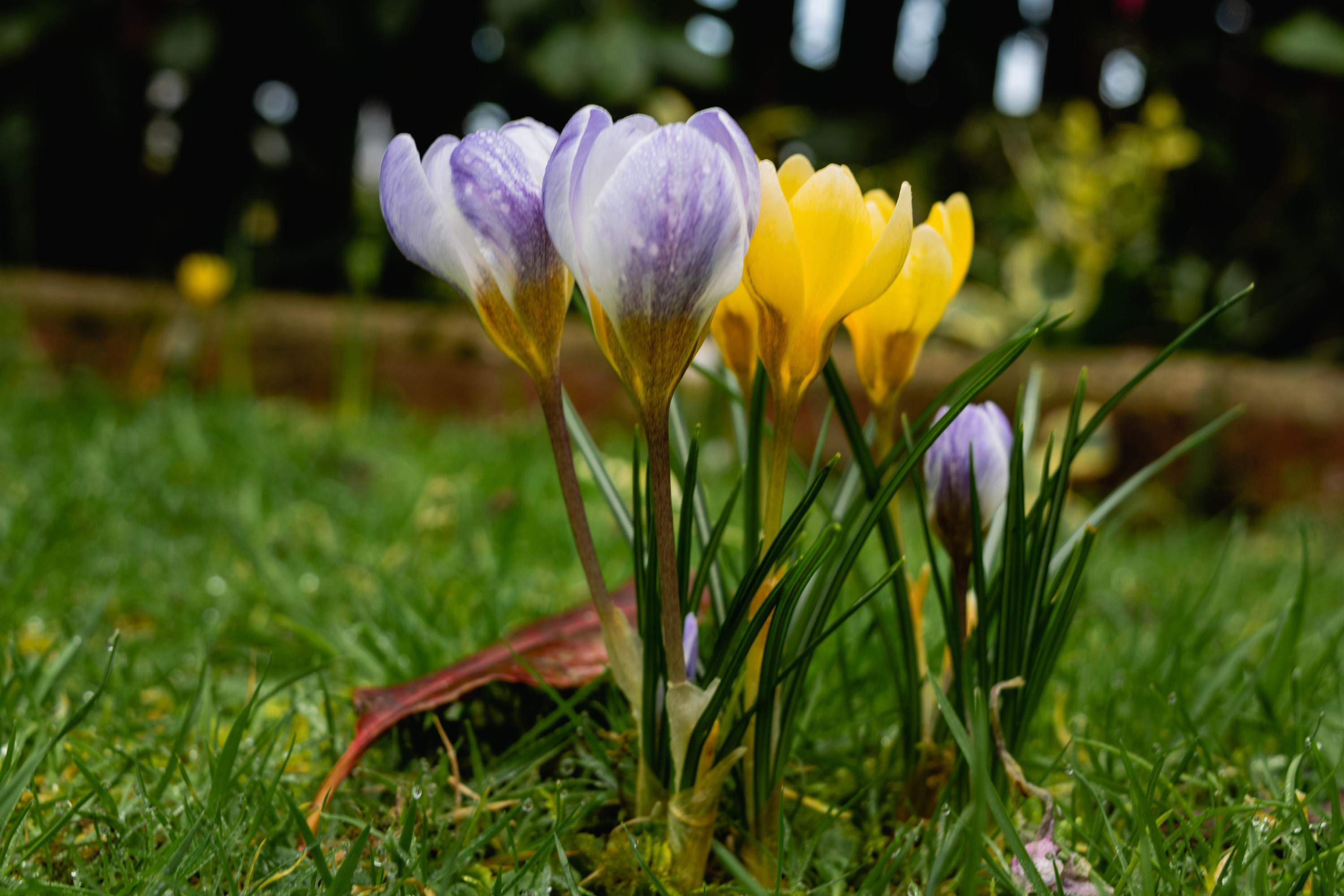
Naturalised crocus bulbs in a lawn create a pretty display in spring
A sunny spot in well-drained soil is suitable for crocus, but avoid anywhere that can become waterlogged. Always plant in groups for the best results, with each corm buried 5-10cm deep and the same distance apart. Always remember to plant your corms with the pointed tip facing upwards. After planting, apply a light dressing of bonemeal or general fertiliser, carefully working this into the soil and making sure you don't disturb the corms.
Where to plant crocus bulbs
These early spring flowers are not really ideal for garden borders where the time of maximum activity (weeding and cutting back amongst other things) happens when they are their best. But they do look fantastic when naturalised in grass as they burst up through the lawn in spring to create stunning displays of colour. If you do plant them in grass, make sure you don't mow the lawn until the flowers have died back. They also work incredibly well to create colourful spring pots and containers when planted in groups of five or more.
Do squirrels eat crocus bulbs?
Squirrels can dislodge crocus bulbs and mice like to nibble newly planted corms before they’ve had a chance to set down roots.
'Although squirrels have a particular fondness for digging up and eating newly planted crocus corms – I think they’ve learned that newly planted corms are found under disturbed soil – they also dig up established corms,' says Amateur Gardening's Graham Rice. 'Some individual squirrels seem to develop a taste for crocuses.
'When an individual squirrel dies, damage can be reduced but, usually, once you have squirrels in the garden you should expect damage. The answer is to plant only in clumps, not scattered, and to cover the newly planted corms with a piece of wire netting, laid horizontally.
'Use the fine mesh type, 1/2in (13mm) or 1in (25mm), as squirrels can reach through the 2in (5cm) mesh. Plant the corms, half refill the hole, lay the mesh in place, then finish refilling.'
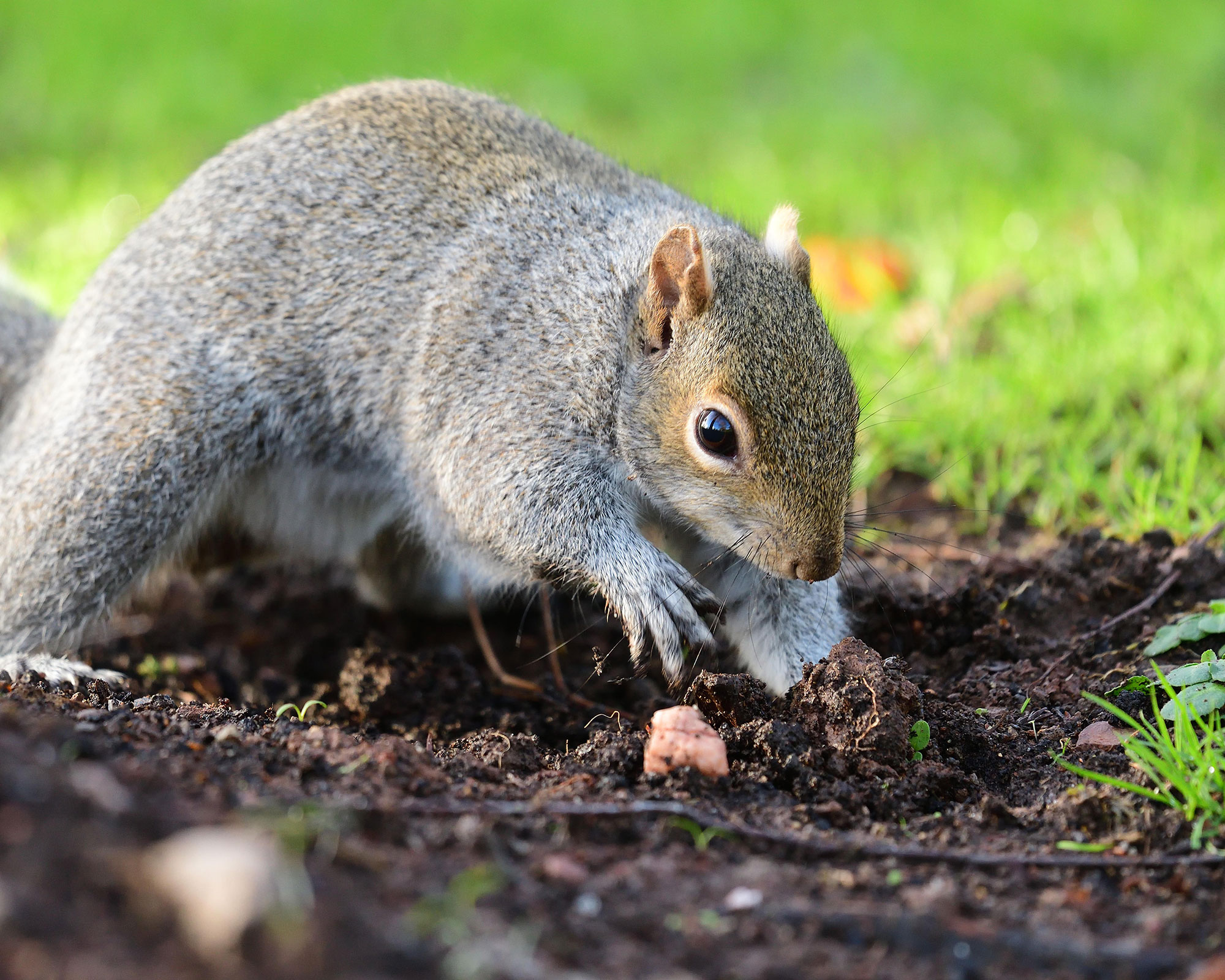
Squirrels sometimes dig up and eat the corms, though they find C tommasinianus less palatable
6 of the best crocus bulbs to plant in your garden
Consider trying one of these stunning varieties in your own garden. You'll love the colourful effect they create when they come into bloom from as early as February and then into spring.
1. Crocus ‘Jeanne d’Arc’
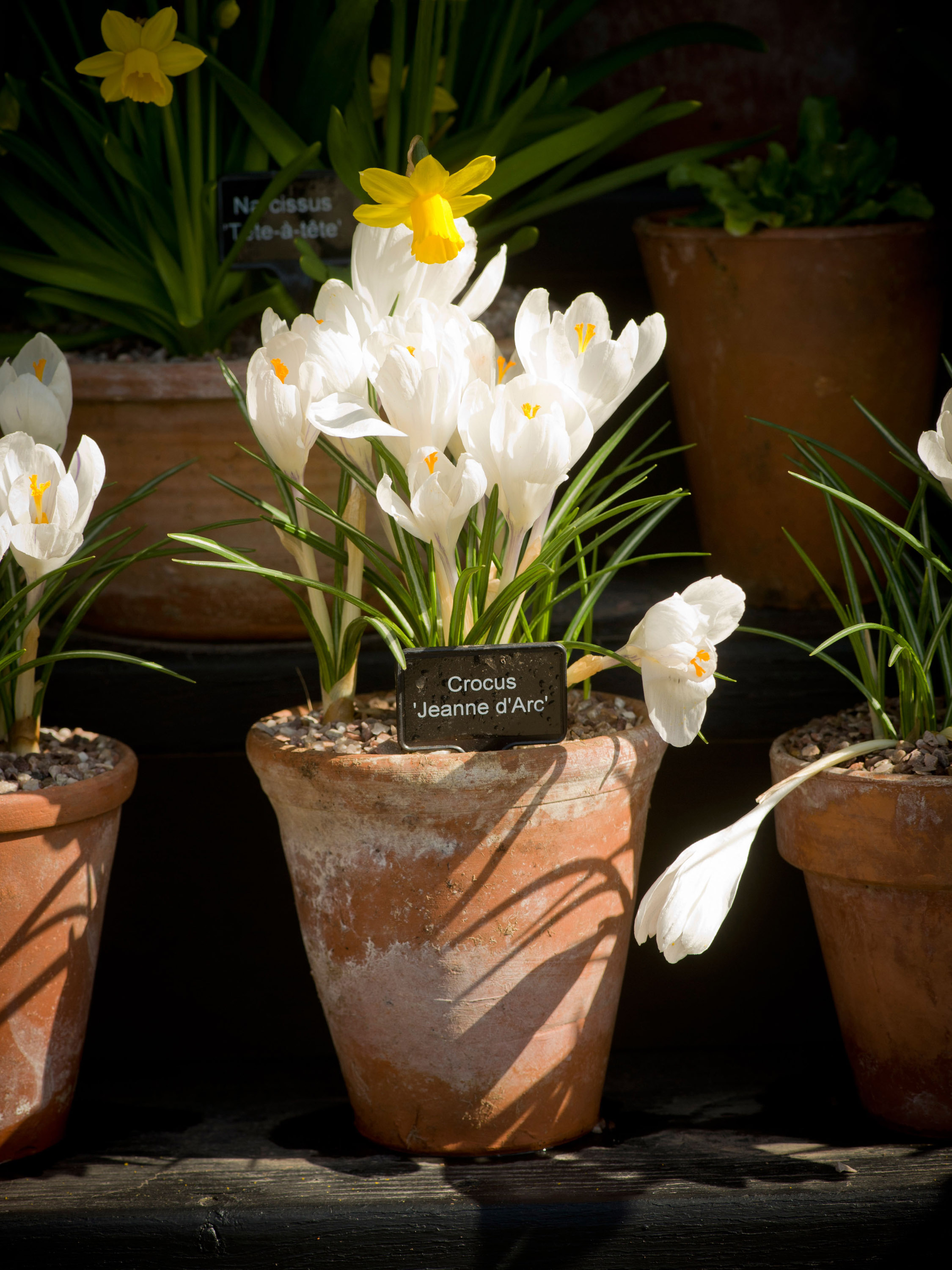
Crocus 'Jeanne d'Arc'
Large, white flowers have pale purple tints at the base of the petals, while the stigmas are orange and frilly. The largish corms can be planted deeper, and in thicker grass, than those of most other crocuses making them less vulnerable to being rummaged around by squirrels and mice. This one flowers in March.
2. Crocus ‘Ruby Giant’
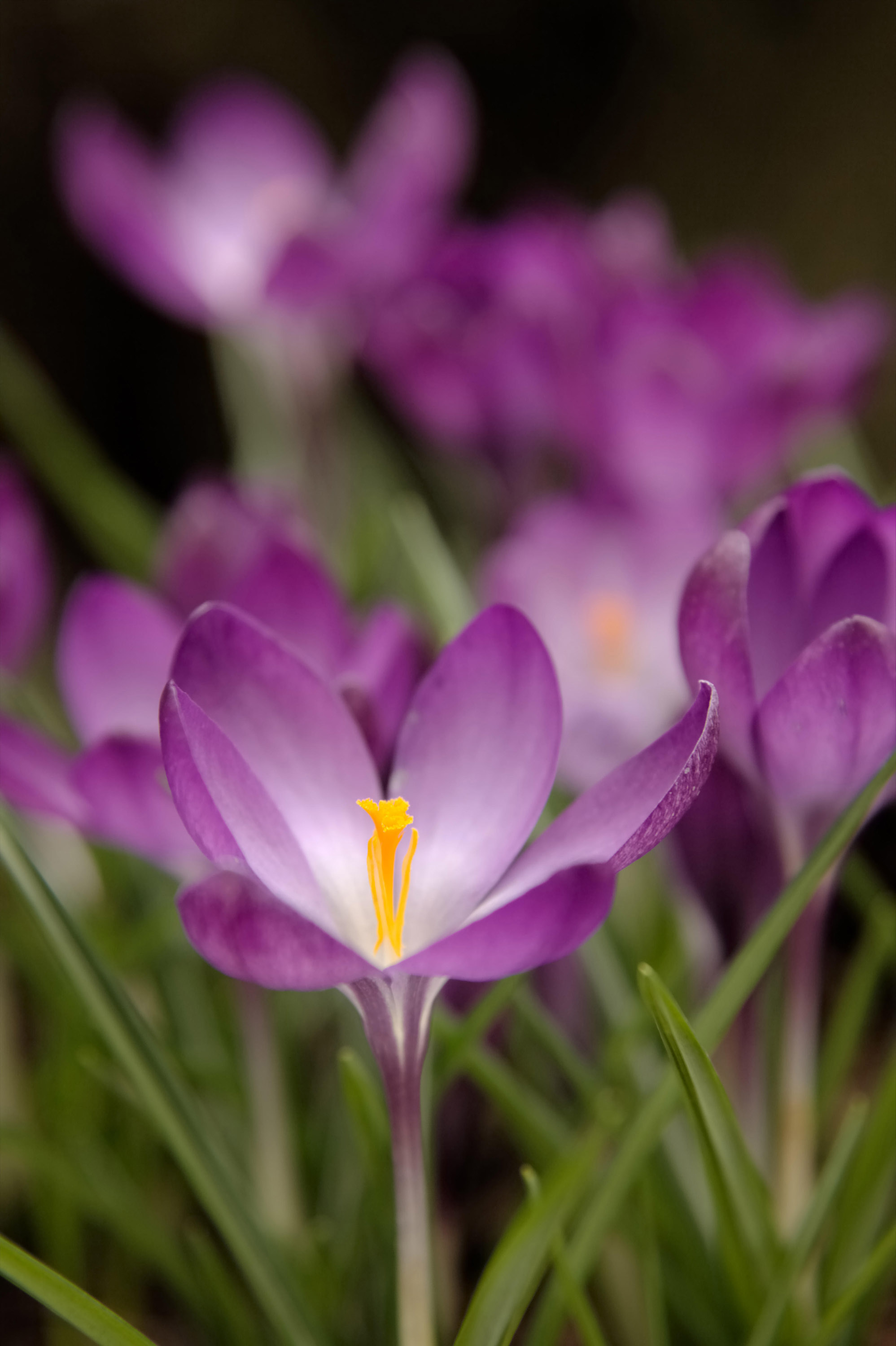
Crocus 'Ruby Giant'
Although the name is confusing (it's neither ruby red nor a giant), this is one of the best varieties around. The petals are a deep pinkish tinged with silvery-purple, with contrasting yellow anthers. Even when closed, the sturdy stems hold the flower heads well above the leaves. Flowers in February and March.
3. Crocus biflorus 'Blue Pearl'
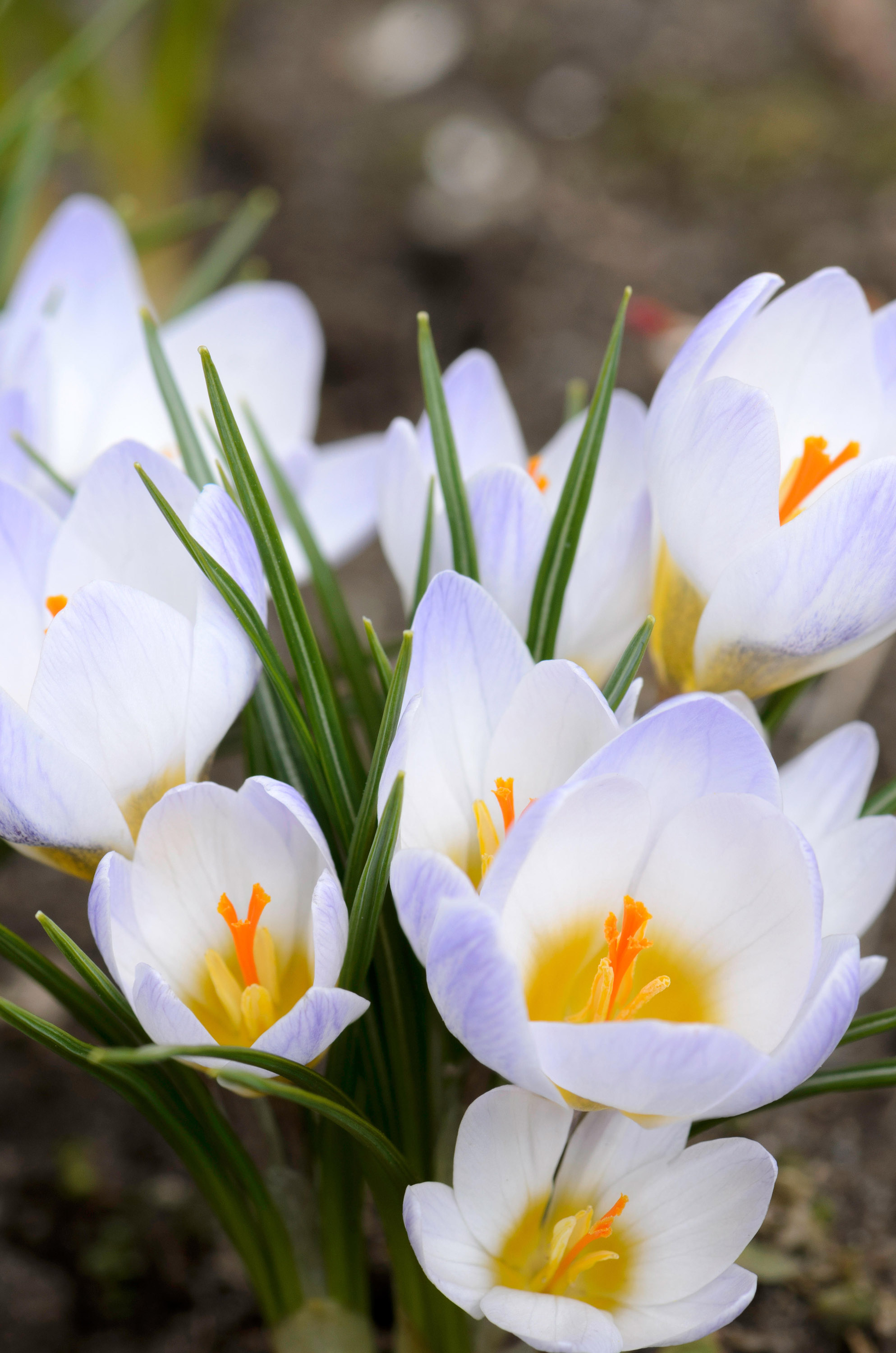
Crocus biflorus 'Blue Pearl'
The pretty oval petals are a lovely pale, silvery lilac-blue shade and flushed golden yellow at the centre. They form an open, cup-like flower that are pretty and delicate. Inside, they are pale blue to almost white, hence the name. Great value as each corm may produce up to four blooms. This one bursts into flower in February and March.
4. Crocus tommasinianus AGM
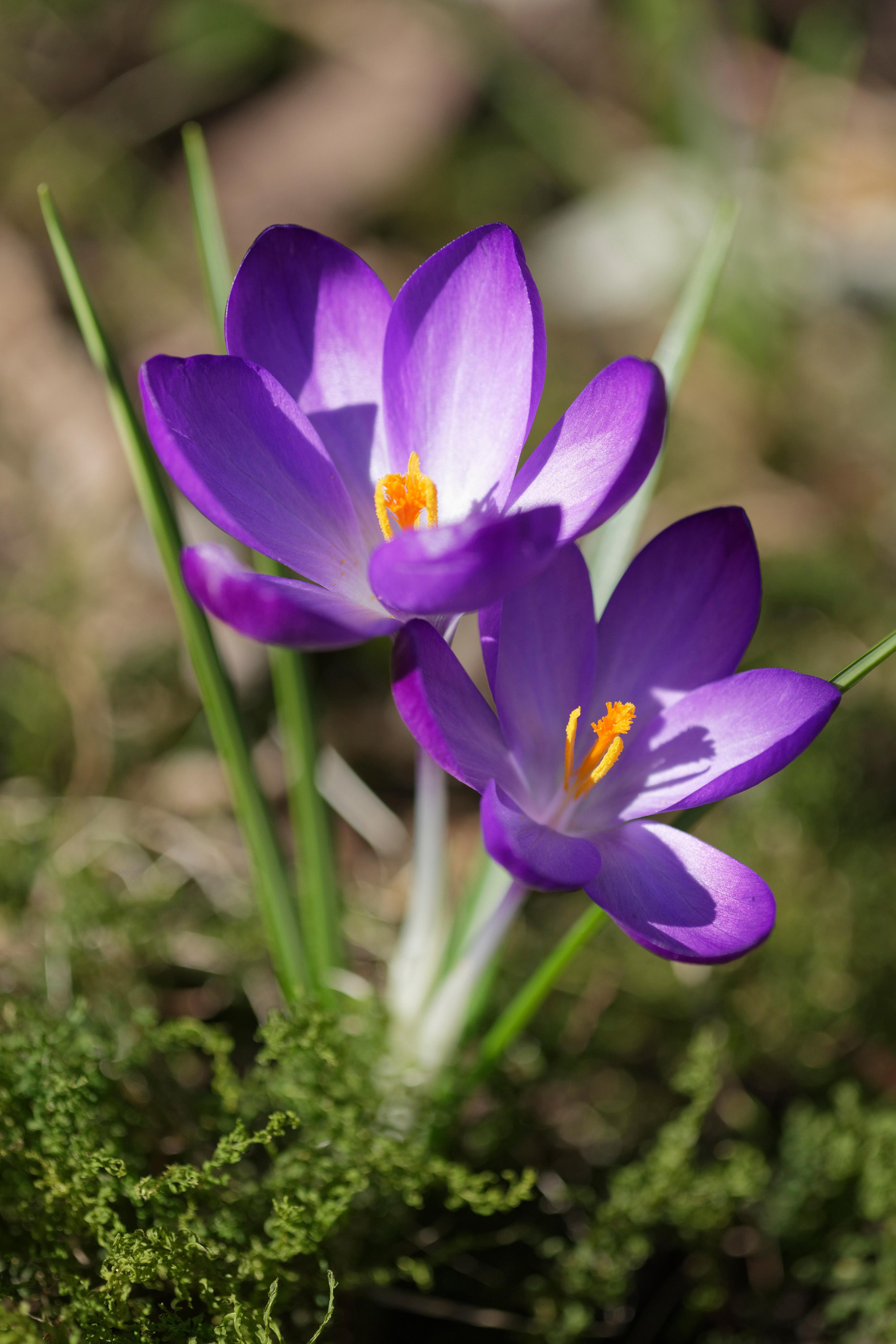
Crocus tommasinianus AGM
With its lovely, long-tubed flowers in a shade of purple somewhere between sapphire and lavender, this is the sort of variety that generally springs to mind when you think of 'crocus'. Blooms appear in early spring (March), along with the narrow leaves. Increasing freely, this is one of the finest crocuses for naturalising areas of lawn if you want a woodland look in your garden.
5. Chrysanthus 'Cream beauty'
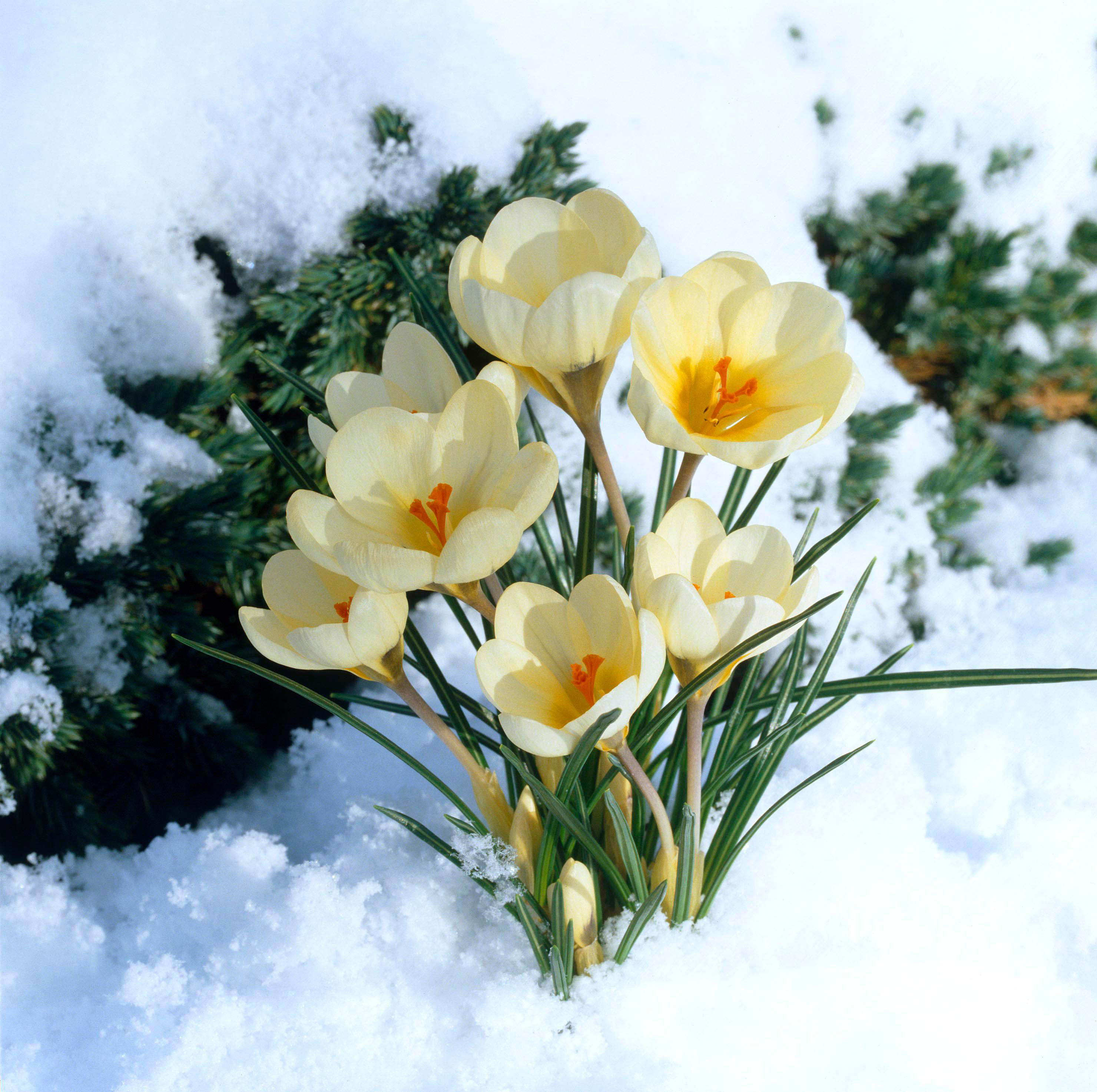
Crocus Chrysanthus 'Cream beauty'
Produces pale creamy-yellow flowers, each with a deep yellow throat and bright orange stigmas. They also have a mild fragrance, so that's another box ticked. The smaller Chrysanthus varieties, known as ‘snow crocus’, tend to flower earlier than the larger hybrids. This one breaks into bloom in February and March.
6. Crocus 'Dorothy'
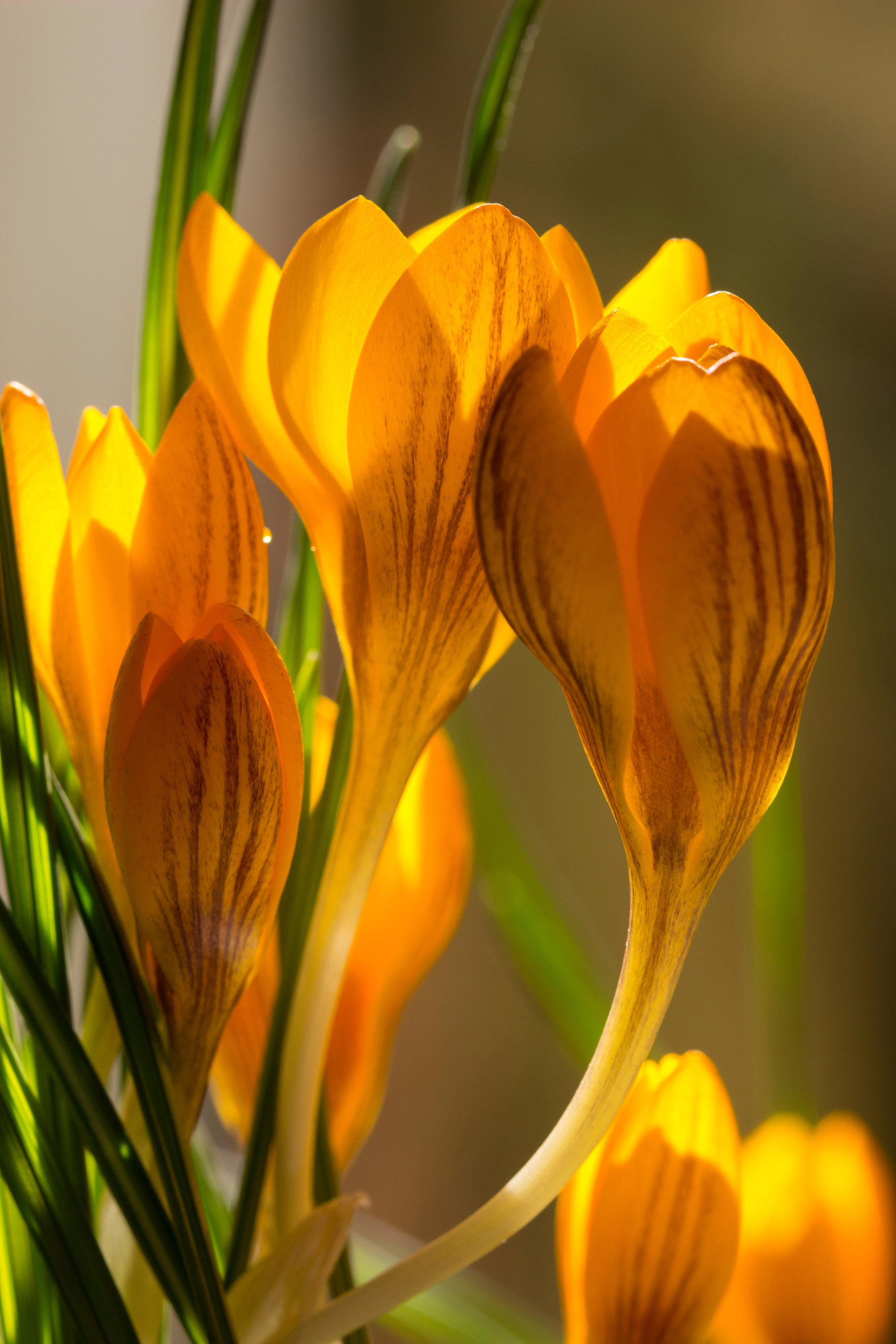
Crocus 'Dorothy'
For a bright, sunshiny yellow, you can't beat ‘Dorothy’. The dainty, goblet-shaped flowers are slightly bronze-shaded on the outside too for added interest. Good for pots and containers, it will also thrive if you plant it out in the garden underneath taller shrubs or trees in borders. Flowers in February and March.
Read more:
- How to plant a bulb lasagne: try this planting technique
- How to plant tulips: create stunning displays of spring colour
- How to plant daffodil bulbs: follow our top tips

Lifestyle journalist Sarah Wilson has been writing about gardens since 2015. She's written for Gardeningetc.com, Livingetc, Homes & Gardens, Easy Gardens and Modern Gardens magazines. Having studied introductory garden and landscape design, she is currently putting the skills learned to good use in her own space where the dream is establishing a cutting garden.
